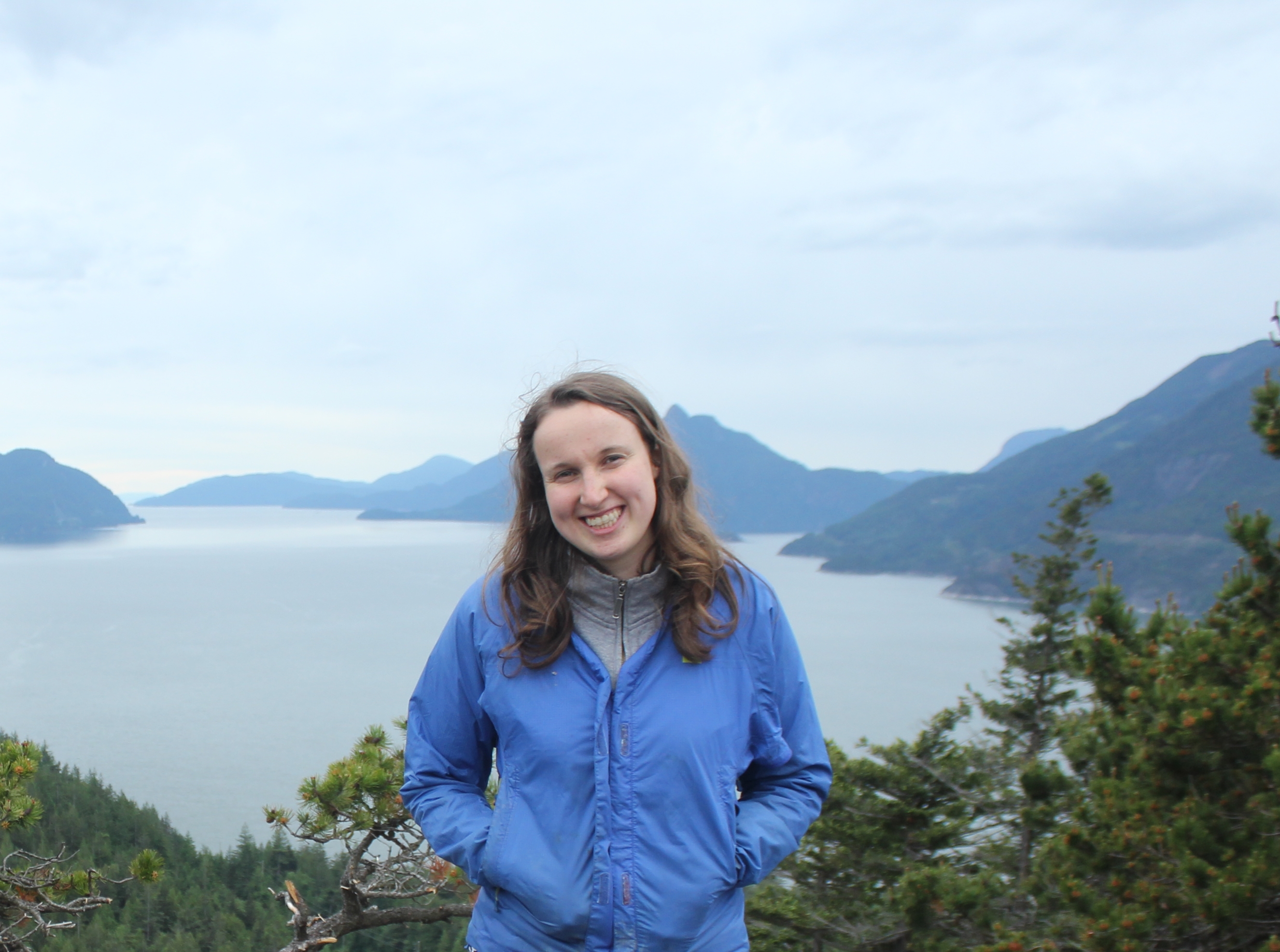App: Cool Toronto
Hosted in ArcGIS Online:
- ArcGIS Hub website: https://clever-cartophers-toronto-heat-response-utoronto.hub.arcgis.com/
Mission Statement
As Toronto experiences increasing impacts of climate change, the city will experience more frequent extreme heat events.1 As an urban environment, Toronto is at risk of experiencing urban heat islands, or temperatures that are higher in dense urban areas in comparison to surrounding rural areas. Extreme heat events and urban heat islands pose a serious risk to human health.2
Management of extreme weather events include increasing demands on natural resources such as energy and water.3
Toronto has begun to develop sustainable approaches to adapting to these weather events.1
These extreme heat events may have greater effects on residents with greater heat vulnerability.4
To ensure prevention of heat emergency related health effects and utilization of heat emergency refuge, we propose an application which demonstrates the following three components of extreme heat events:
- Urban Heat Islands (urban areas which are especially hot)
- Heat Event Resources (cooling centers, green spaces)
- Heat Vulnerable Populations and Areas
It is our mission to support a sustainable city that provides residents, regardless of background or identity, the tools they need to prevent suffering during extreme heat waves.
Cool Toronto has a mission to support a sustainable city that provides residents, regardless of background or identity, the tools they need to prevent suffering during extreme heat waves. It allows users to understand the effects of urban heat islands, where they are most prevalent to occur, and how to deal with them. Users can interact with the app interface, allowing for emergency preparedness and city sustainability.
References:
- The City of Toronto. Extreme Weather. The City of Toronto (2022).
- Health Canada. Reducing urban heat islands to protect health in Canada. (2020).
- Vanos, J. K. et al. Human Energy Budget Modeling in Urban Parks in Toronto and Applications to Emergency Heat Stress Preparedness. Journal of Applied Meteorology and Climatology 51, 1639–1653 (2012).
- Leal Filho, W., Echevarria Icaza, L., Neht, A., Klavins, M. & Morgan, E. A. Coping with the impacts of urban heat islands. A literature based study on understanding urban heat vulnerability and the need for resilience in cities in a global climate change context. Journal of Cleaner Production 171, 1140–1149 (2018).
Video Presentation
Documentation
Team Members
 Elysia Fuller-Thomson: Elysia is a first-year masters student in Geography and Planning at the University of Toronto. She researches common air pollutants (nitrogen oxides, ozone, sulphur dioxide, and benzene) in a city of diverse pollutant sources, Hamilton, ON. In collaboration with the City of Hamilton and Environment Hamilton, Elysia implements field sampling, laboratory analysis, and land use regression modelling in order to gather ward-level and subpopulation specific observations to better understand which regions and what socioeconomic categories are most impacted by local air pollution exposure. In her free time, Elysia loves to explore the city and country around her by foot, bike, canoe, and much more!
Elysia Fuller-Thomson: Elysia is a first-year masters student in Geography and Planning at the University of Toronto. She researches common air pollutants (nitrogen oxides, ozone, sulphur dioxide, and benzene) in a city of diverse pollutant sources, Hamilton, ON. In collaboration with the City of Hamilton and Environment Hamilton, Elysia implements field sampling, laboratory analysis, and land use regression modelling in order to gather ward-level and subpopulation specific observations to better understand which regions and what socioeconomic categories are most impacted by local air pollution exposure. In her free time, Elysia loves to explore the city and country around her by foot, bike, canoe, and much more!
 Amanda Norton: My research is focused on methods measuring spatial health exposures. I hypothesize that individuals living in urban areas with increased socioeconomic disadvantage are at a higher risk of air pollutant (NOx and PM2.5) exposure and that these disparities can be more effectively modelled through improved exposure measurements at small spatial resolutions. To answer the question of disproportionate poor air quality exposure risk, I have two aims: 1) to define and identify socioeconomic disadvantage and 2) to define, measure, and model air pollutant exposure. As I develop measurement methods that best capture these two interacting health exposures, I will utilize novel modelling methods to reduce exposure measurement error.
Amanda Norton: My research is focused on methods measuring spatial health exposures. I hypothesize that individuals living in urban areas with increased socioeconomic disadvantage are at a higher risk of air pollutant (NOx and PM2.5) exposure and that these disparities can be more effectively modelled through improved exposure measurements at small spatial resolutions. To answer the question of disproportionate poor air quality exposure risk, I have two aims: 1) to define and identify socioeconomic disadvantage and 2) to define, measure, and model air pollutant exposure. As I develop measurement methods that best capture these two interacting health exposures, I will utilize novel modelling methods to reduce exposure measurement error.
 Scarlett Rakowska: Scarlett is a masters student interested in the microscale urban heat island (UHI) effect on active transportation. The objective of this research is to look at the UHI effect to investigate if we can predict heat exposure on active transportation using remote sensing techniques. Land Surface Temperature (LST) methods and meteorological data were collected in real-time using the Normalized Difference Vegetation Index (NDVI) in specific routes involving various surface materials and vegetation in the Greater Toronto Hamilton Area (GTHA). My research will contribute and improve planning in cities through remote sensing to help understand the relationship between exercise/activity and heat health effects on active transportation.
Scarlett Rakowska: Scarlett is a masters student interested in the microscale urban heat island (UHI) effect on active transportation. The objective of this research is to look at the UHI effect to investigate if we can predict heat exposure on active transportation using remote sensing techniques. Land Surface Temperature (LST) methods and meteorological data were collected in real-time using the Normalized Difference Vegetation Index (NDVI) in specific routes involving various surface materials and vegetation in the Greater Toronto Hamilton Area (GTHA). My research will contribute and improve planning in cities through remote sensing to help understand the relationship between exercise/activity and heat health effects on active transportation.